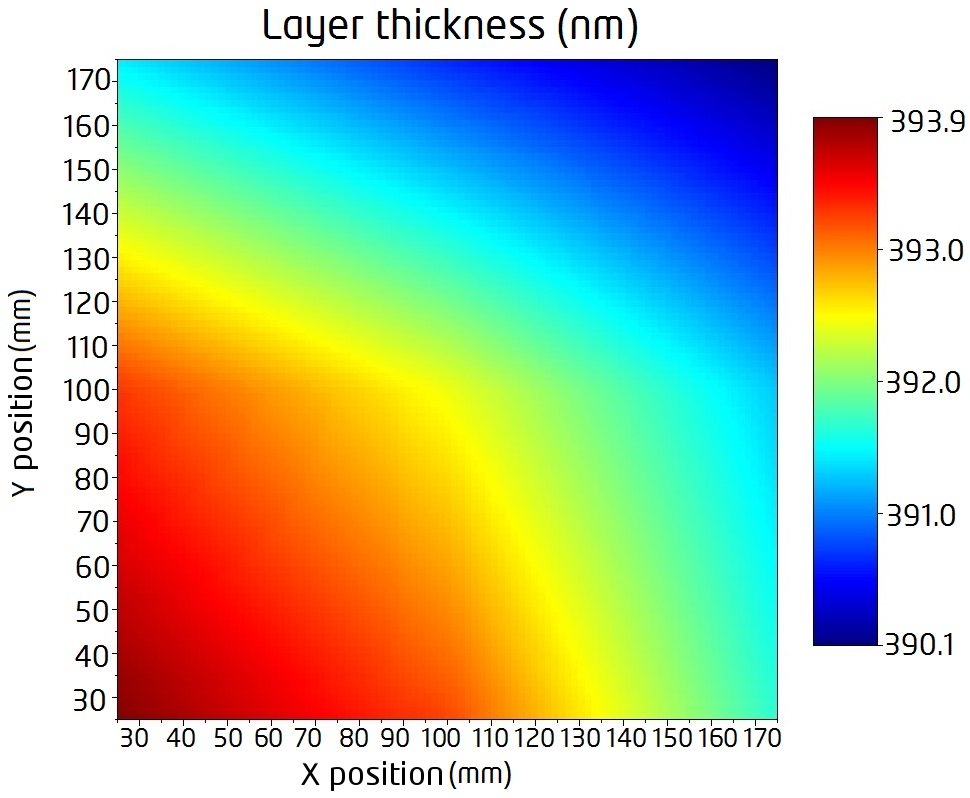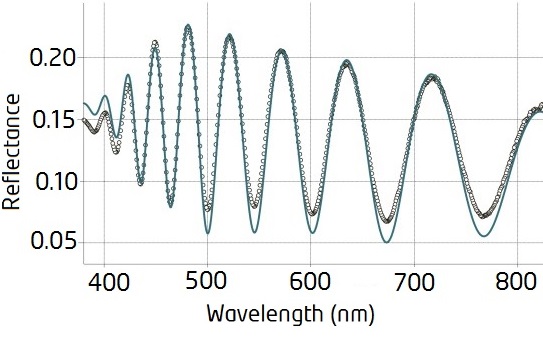Description:
SE-2000 features the widest spectral range available on a single tool. The ranging is from the deep UV (190 nm) up to mid-IR (25 μm). The tool is uniquely offered with an optional FTIR ellipsometer head on the same goniometer with the visible arms. It can be configured with the fast detection mode by using spectrograph and detector array, with the high resolution mode by using spectrometer and single point detectors, or with both modes together on the same tool. SE-2000 includes Semilab’s new smart electronics with interchangeable components, and operates with the new generation operating and analysis software (SAM / SEA). The system can be controlled from a PC or laptop through LAN network, or by a new touch panel interface.

Features:
Non-destructive optical technique, based on measurement of the change of the polarisation state of light after reflection at non normal incidence on the surface to study.
It is a higly sensitive even for layer thickness below 5 nm
Extremely versatile technique: it gives acccess to numerous parameters which characterize multilayer structures (eg. layer thickness, refractive index, absorption, porosity).
Measurement modes:

Options:
Application:
Thin films can be characterized from different aspects. The below listed applications can provide simple and clear information about the wide range of thin film classification.
2. SPECTROSCOPIC REFLECTOMETRY
Spectroscopic Reflectometry is a widely-used tool for thin film characterization. The measurement provides information on film layer thickness and optical properties. Spot size can be as small as 5 µm which allows us to measure inside the sub-pixel, consequently no separate test pad is needed for the measurement.

In Semilab SR metrology, wide range of wavelength and high intensity Xe-lamp is used, which makes possible to select the measurement wavelength range according to specific process requirements of the Customer. For thicker layers near-infrared extension can be added which allows to us measure up to several tens of micrometers. An UV-filter can also be added to protect the photoresist or other sensitive layers from UV-light. Due to the large light intensity, acquisition time can be reduced to several milliseconds. Fast focusing and precise movement can be performed due to the integrated laser optical displacement sensor and the 2D camera.
Spectroscopic Reflectometry and Ellipsometry both use the same analysis engine. Consequently, the same optical model can be used for the same material even if being measured by two different metrologies.


Organic layer thcikness map (Left) ; Measured and fitted reflectance curve on an organic layer (Right)
 Malaysia
Malaysia